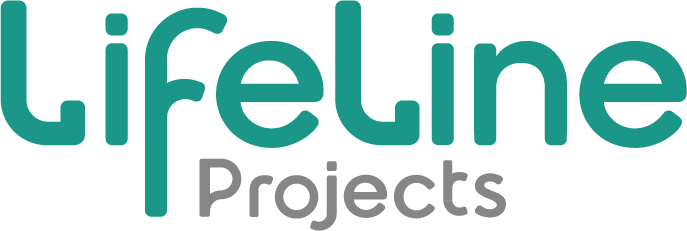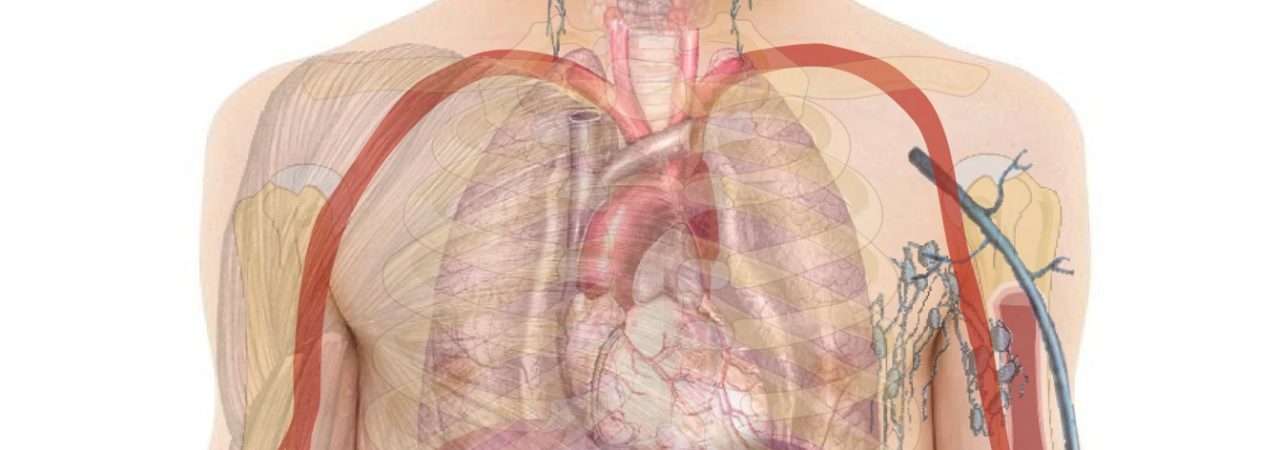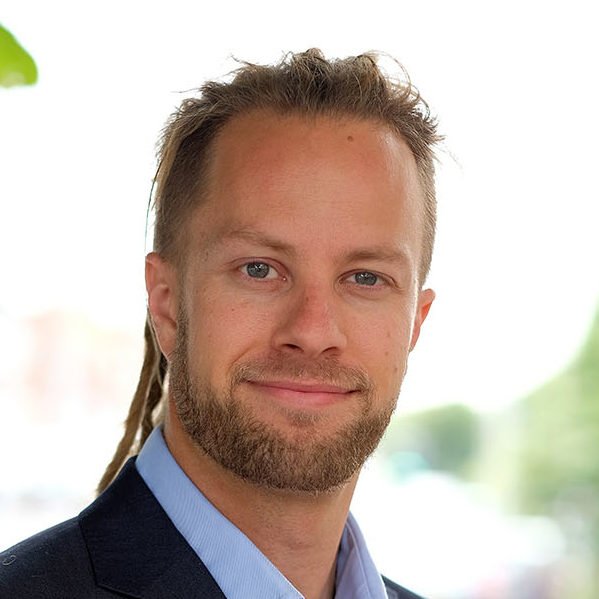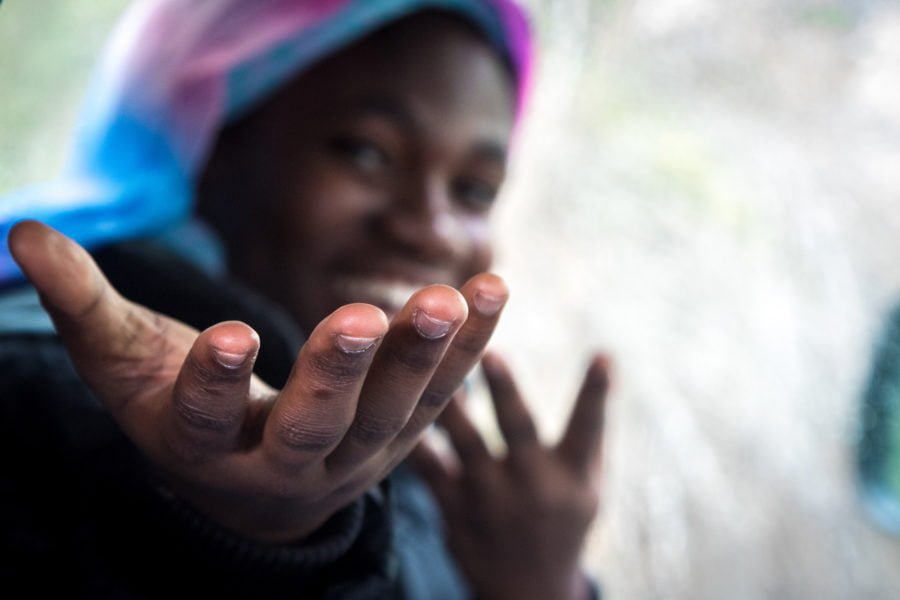As someone who runs a large charity, I am amazed at how many diverse people and systems it takes to manage and complete all our work successfully. You may ask, “Why have so many different people then?”
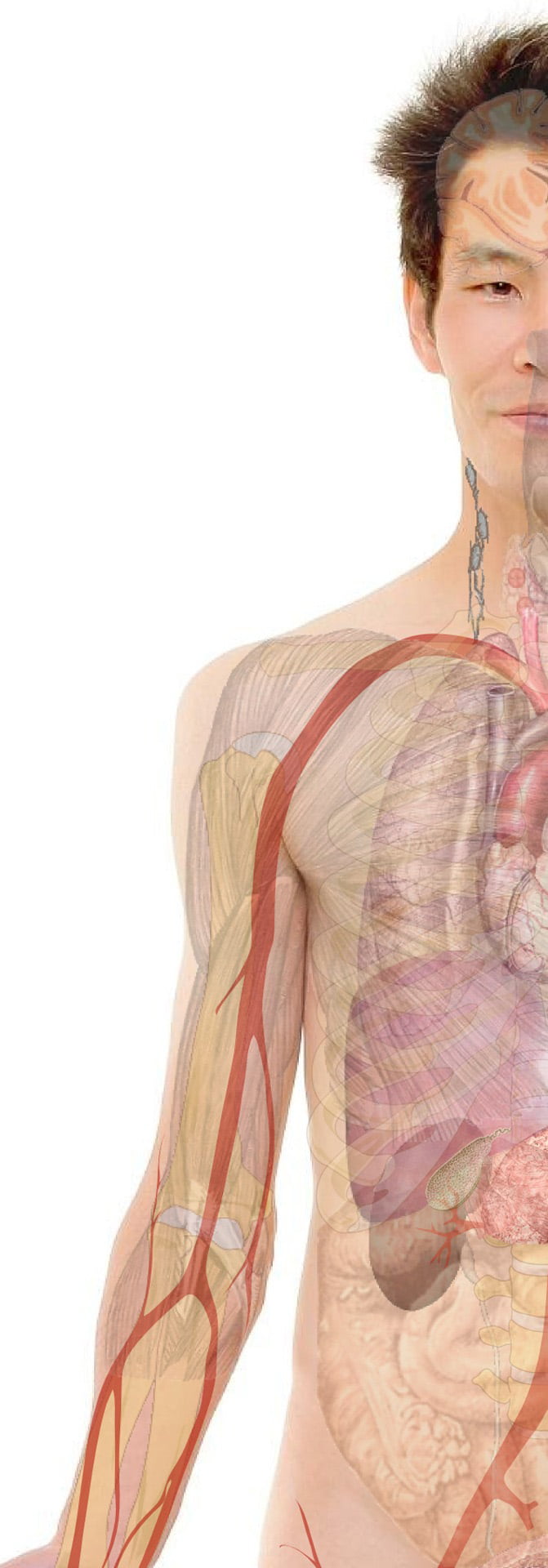 If there’s one thing I remember from my biology classes at school, it’s how complicated the human body is. The organisation and structure of the human body is a combination of many systems that work together. For instance, the nervous system controls our senses, cardiovascular circulates our blood, digestive helps us absorb food, immune protects us from diseases, musculoskeletal gives us the ability to move, respiratory helps us to breath and the urinary eliminates waste from our body and regulates our blood pressure. That’s a lot of stuff all going on at the same time. It’s no wonder I had such a problem memorising all this information as a teenager.
If there’s one thing I remember from my biology classes at school, it’s how complicated the human body is. The organisation and structure of the human body is a combination of many systems that work together. For instance, the nervous system controls our senses, cardiovascular circulates our blood, digestive helps us absorb food, immune protects us from diseases, musculoskeletal gives us the ability to move, respiratory helps us to breath and the urinary eliminates waste from our body and regulates our blood pressure. That’s a lot of stuff all going on at the same time. It’s no wonder I had such a problem memorising all this information as a teenager.
Is an organisation like the human body? Well, no—a body is a lot more complicated, but there are similarities. The dictionary defines an “organisation” as an organised group of people with a particular purpose. I like to think of an organisation as an active and functioning thing consisting of mutually dependent parts.

Most people would say that the heart or brain is the most essential part of the body. They’re both very important, true, but if you look at how necessary our cells are, it frankly blows your mind. A cell is the smallest living unit of the human body and our bodies are composed of trillions of them. These cells provide the structure that our bodies need to survive. Much like human cells, it’s the people who are involved with an organisation that are most essential. The countless individuals, both inside and outside an organisation, provide the essential structure that keeps an organisation operating successfully.
Employees within an organisation have roles assigned to them, tasks allocated to them, and deadlines they have to meet. But if you create a single system to cover a diverse workforce and all the distinct tasks they need to achieve, you will fail. There is no ‘one size fits all’ approach.
People are not cogs in a machine, or robots on a production line. Each person will require a different system, and even the same person working on different tasks might need a separate system for each. Some will be new starters, some old hands; some show endless compassion for their co-workers, some an unending thirst to learn. Individual circumstances, such as being a new parent or living with a long-term condition, and different personalities have different requirements and can bring unique perspectives. Like our bodies, an organisation requires several different systems interacting effectively. If you can manage and coordinate this and capture the evidence, you’ll be onto a winner.
If you’re a leader in an organisation, you may consider yourself a vital organ; maybe the brain or heart. However, you must remember that even vital organs do not function in isolation. They are part of a larger system of cells and tissues, joined in a structural unit, to serve a common purpose. Share your insecurities, nurture relationships with your staff, and be open to receiving honest feedback.
An organisation needs to adapt to new conditions, just like our bodies adapt to environmental factors. If you started living at a high altitude after previously living at sea level, your body would start producing more red blood cells to compensate for the lower oxygen you’re taking in due to the new environment. Similarly, an organisation must be constantly looking out for signs of conditions changing. You should be proactive in seeking solutions—listen to your customers, always look for ways to improve your offerings, and embrace new ideas and skills.
As the environment alters and changes around us, we will evolve and change as well. The organisation and its staff are part of the community—we listen to them, we help them and each other, we grow, change, and evolve, and we build solid and lasting relationships.
The different systems that exist to protect and take care of the body are the ultimate example of teamwork. The combined actions of protecting and caring for our body, our organisation, is what allows us to then take care of others.
We do better working together.
